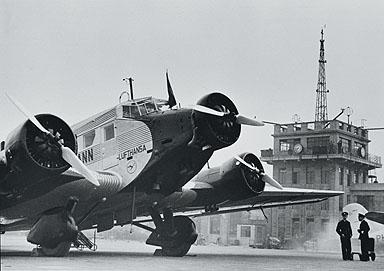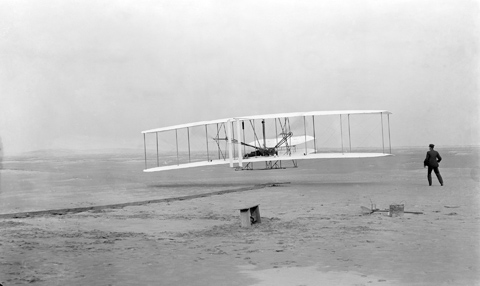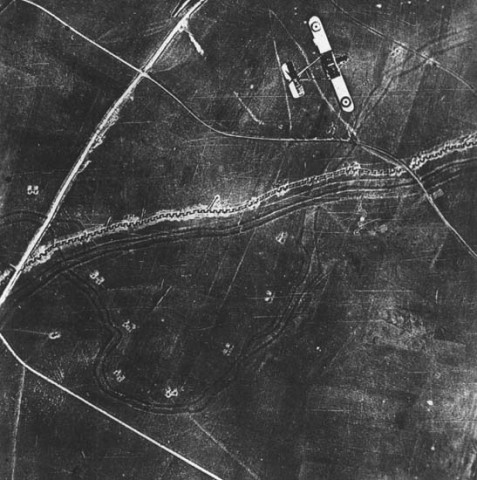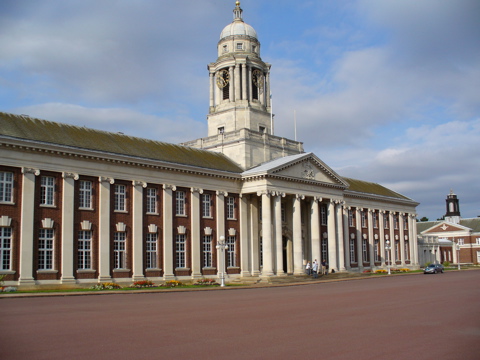Guess who’s coming to Britain?
Yep, me! On current plans, I’m flying in to Heathrow on 9 September and flying out on 1 October (if I’m not mistaken, on an A380 both ways). It’s mainly for a holiday and to catch up with people, but I will also be attending the Bombing, States and Peoples in Western Europe 1940-1945 conference […]





